You’re probably going to have to choose between having half-tiled walls and full-tiled walls when it comes to tiling your bathroom with them. Here is our guide and the pros and cons of half-wall bathroom tile, its benefits and drawbacks, and advice on the ideal height for shower tiling.
bathroom wall tiles
The most exciting aspect of bathroom design is selecting gorgeous materials and tile colors to emphasize giving the bathroom that opulent appeal. Tiles are a crucial component of the bathroom’s operation and safety; therefore, the space needs to get a lot of attention when it comes to decorating. Installing shower wall tiles in the right location guarantees sufficient protection and visual appeal. A half-wall tile may be included in a way that is both useful and fashionable. The waterproofing-required portions, such as the inside of shower enclosures and the spaces surrounding bathtubs, toilets, and sinks, are tiled in half-tiled bathrooms. 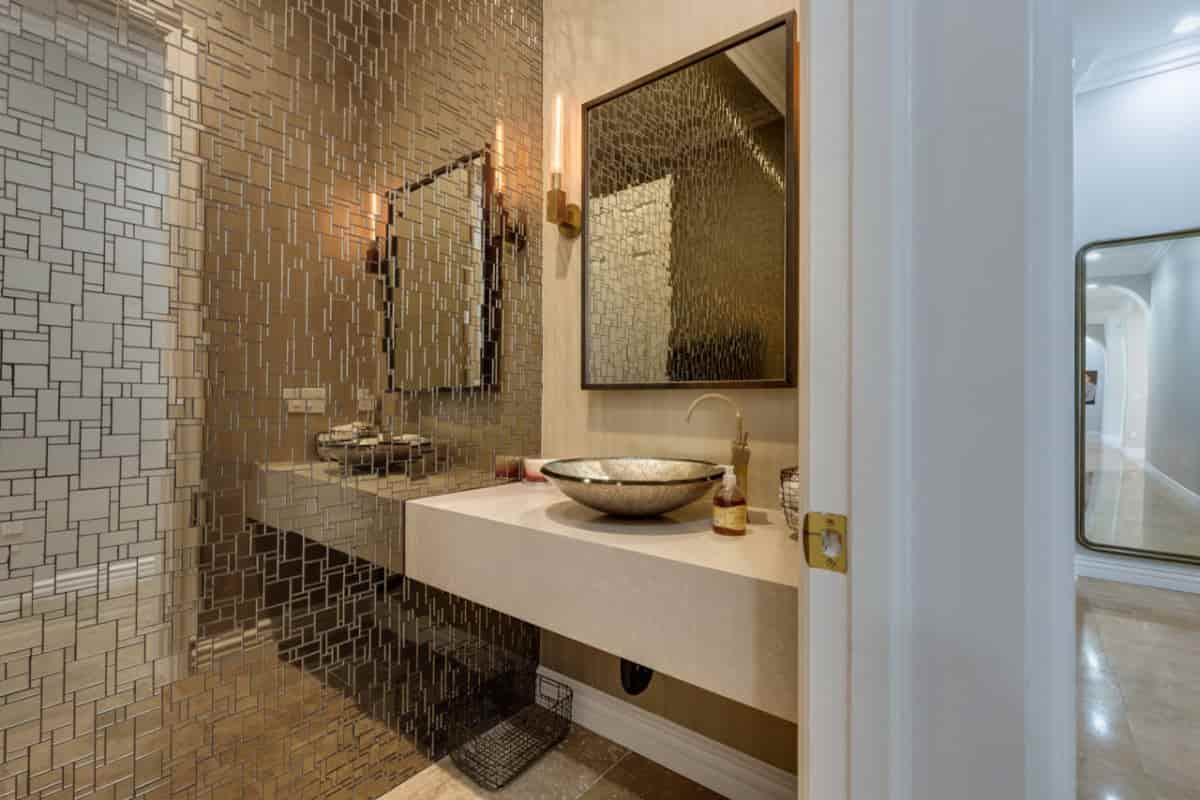 Other bathroom wall surfaces that won’t likely come into touch with water may be finished with other materials, such as elaborate wallpaper, or you can paint the walls in complementing neutral hues for a sleek, contemporary design. Should you tile the bathroom wall halfway up? Adding paint to the mix, along with wall hangings and fixtures, provides you with a lot more opportunities to decorate, individualize, and modify your private area in a bathroom that is only partially tiled. By placing a few tiles solely in the splash zones over the sink and the tub, you can make the bathroom seem extremely unified and well-defined. Installing tile halfway up a bathroom wall gives you the chance to create a distinctive impact by placing an unexpected or unusual tile in a typical area. Adding a personal touch to a bathroom involves doing something typical in a unique manner; think of creative ways to utilize the tile that aren’t boring. Bathroom Half Wall Tile Benefits And Drawbacks. The pros and downsides of bathroom half-wall tiles are listed below. Bathroom with Half Tiles Pros: Half of your bathroom may be tiled as a chance to express your individuality with vivid colors, eye-catching patterns, or wall tiles with patterns that can be balanced with a basic hue on the untiled wall.
Other bathroom wall surfaces that won’t likely come into touch with water may be finished with other materials, such as elaborate wallpaper, or you can paint the walls in complementing neutral hues for a sleek, contemporary design. Should you tile the bathroom wall halfway up? Adding paint to the mix, along with wall hangings and fixtures, provides you with a lot more opportunities to decorate, individualize, and modify your private area in a bathroom that is only partially tiled. By placing a few tiles solely in the splash zones over the sink and the tub, you can make the bathroom seem extremely unified and well-defined. Installing tile halfway up a bathroom wall gives you the chance to create a distinctive impact by placing an unexpected or unusual tile in a typical area. Adding a personal touch to a bathroom involves doing something typical in a unique manner; think of creative ways to utilize the tile that aren’t boring. Bathroom Half Wall Tile Benefits And Drawbacks. The pros and downsides of bathroom half-wall tiles are listed below. Bathroom with Half Tiles Pros: Half of your bathroom may be tiled as a chance to express your individuality with vivid colors, eye-catching patterns, or wall tiles with patterns that can be balanced with a basic hue on the untiled wall. 
bathroom wall tiles with half-tiled walls
The non-tiled wall may also be painted in an accent color, or you can use a plain or neutral-colored tile in its place. See this page for information on how to use accent walls. Adds Depth – A half-tiled bathroom gives your design plan depth and texture. Space Looks More Spacious – Using tiles and painted bathroom walls together may create the sense that a room is larger. Boost Value – Half-tiling a bathroom may give it a luxurious makeover and boost the value of the home. Half wall tiles may become a focal point in your bathroom and give it personality. Cheaper Cost – Compared to a fully tiled bathroom, a half-tiled bathroom has far lower material costs. As a consequence, this will provide a cost-effective choice by requiring fewer tiles to be installed and using less labor. Can Use More Expensive Tiles – Because a half-tiled bathroom only requires a few tiles, you have the option of selecting more expensive tiles because they only need to cover a tiny portion of the room. Half-tiled bathroom drawbacks: exposed walls may need to be waterproofed. Half-tiled bathrooms have the drawback of leaving the untiled area vulnerable to factors like mold growth in moist areas or unpleasant residue buildup. You must build sufficient bathroom heating and ventilation in addition to using waterproof paint. Additional Costs – Even if buying fewer tiles is less expensive, you still need to account for the unanticipated cost of priming and decorating the empty area with paint or wallpaper. Read on for more information on how to pair beige tile with bathroom paint colors. Additional Labor – Skirting boards will be necessary, and installation labor costs will go up. Installing tiles on bathroom walls is generally a matter of personal opinion. How High Should Tile Be on A Bathroom Wall? If you choose a half-wall tile covering, we advise an average height of 35 to 36 inches. One kind of traditional border that is combined with ornate trim or a bullnose edge finish on top is wainscoting. The typical height of this conventional design element, which creates a traditional aesthetic appeal, is between 34 and 54 inches. You could also wish to choose modern wainscoting, which often has a squared-off top border with a glazed edge and is blended in a basic paint finish. The height of a border relies on the sort of impression you want to create in your bathroom if one is included. Avoid putting the border in the bathroom’s center; instead, place it in the top third, at eye level, or in the bottom third of the space. The first level of wall tiles, known as the “tile baseboard,” gives some protection while cleaning and inhibits the formation of mold. 
bathroom wall tiles with half-tiled walls manufacturers
These tiles may be manufactured out of chopped tiles from the standard floor tiles that are approximately 4 inches tall, or they can be built with a specific bull-nosed type tile with a completed edge. Find ideas for bathroom floor tiles here. The wall tile level laid at the rear of the vanity and restroom spaces is the same height as the backsplash. The backsplash wall tiles are typically the same height as the wainscot tiles and often have specialized tiles or moldings on top. The shower or bathtub sections often continue this level of wall tiles. Tile Shower with Half Wall: It’s crucial to keep in mind that the height of your shower’s tiling might influence the bathroom’s visual appeal. It’s crucial that you may strike a balance between the aesthetic appeal of your bathroom and the practicality of your wall. In general, it is not advised to go lower than three-fourths of the shower walls, which must be covered with wall tiles to prevent water from flowing down the drain and not seeping into the walls; the remaining wall may be painted for a clean, straightforward, and contemporary feel. According to local building requirements, a compact waterproof wall covering within an enclosed shower must be at least 6 feet above the completed floor height if the tile is your preferred style of wall covering. To guarantee safe construction, we recommend that shower tiles be placed at least 4 to 6 inches above the shower head.

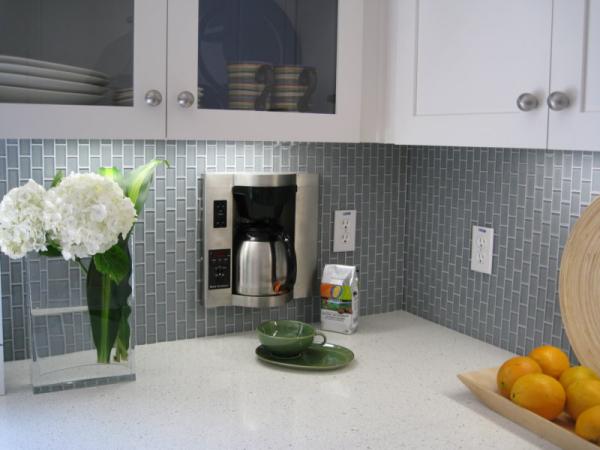
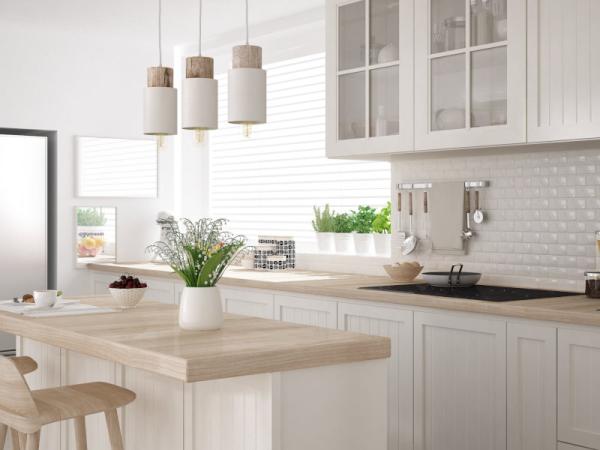



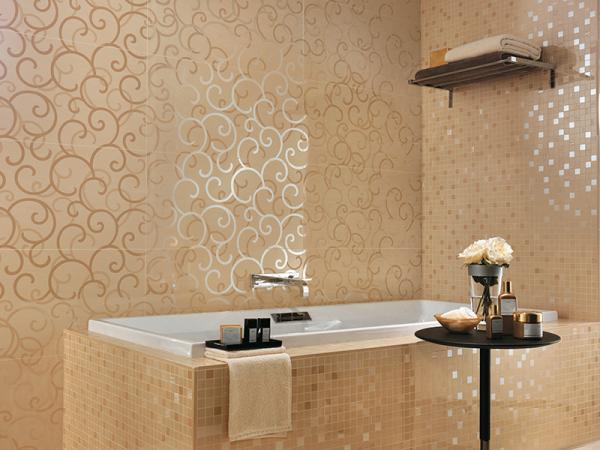
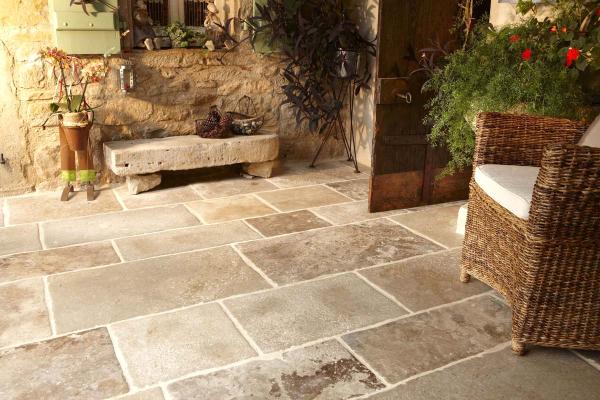
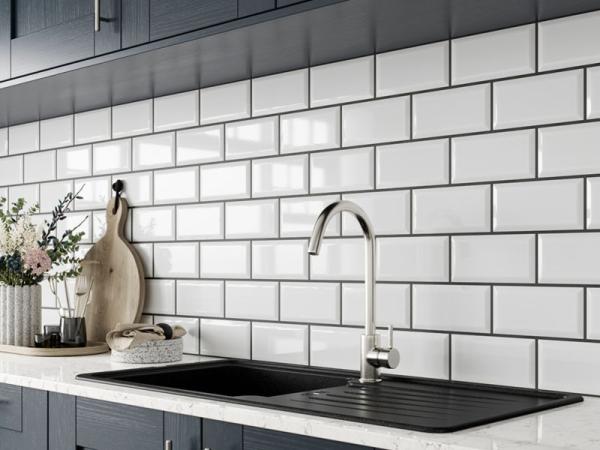
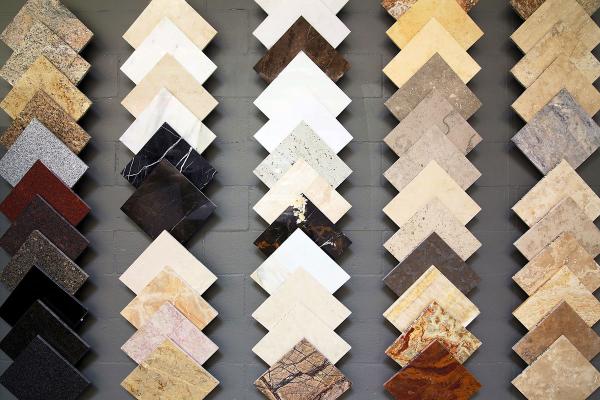
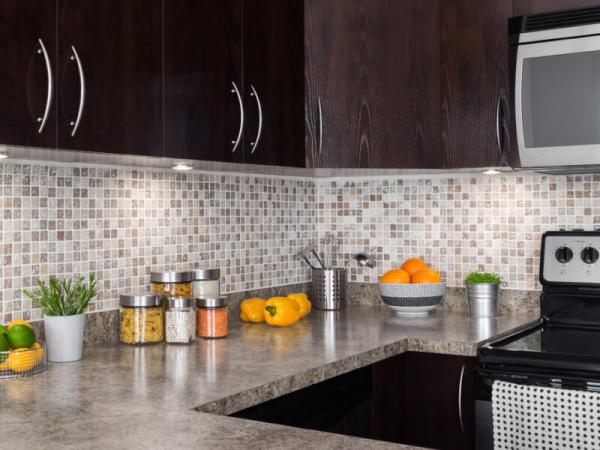
Your comment submitted.